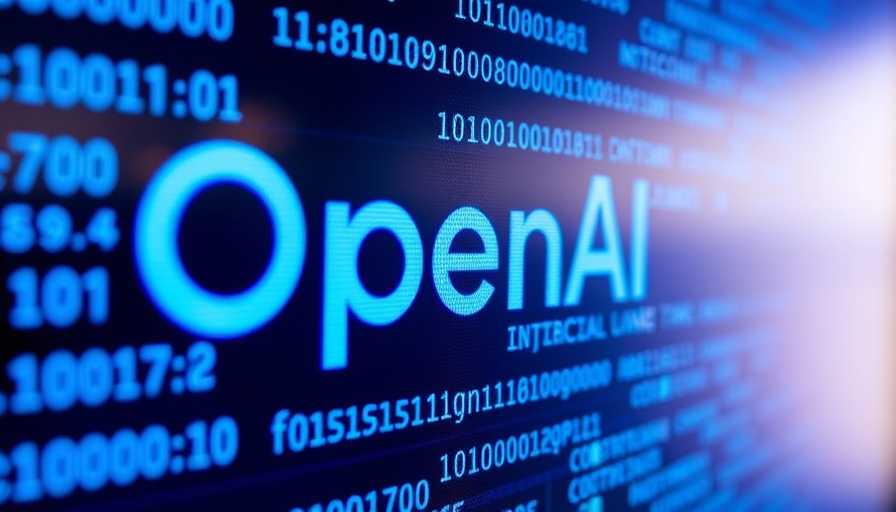
Understanding OpenAI's Capacity Challenges
The recent decision by OpenAI to disable video generation for certain users of its Sora platform highlights the challenges of managing a rapidly growing service. As the company rolled out its image generation feature, which has taken the tech world by storm, it quickly became overwhelmed by demand. CEO Sam Altman remarked on social media that the team was struggling to keep up, working late nights to ensure users could continue benefiting from image generation capabilities. This scenario underscores the balance tech companies must maintain between rapid innovation and service reliability.
The Impact on Sora Users
For those new to Sora, the temporary unavailability of video generation might feel frustrating, especially given the hype surrounding OpenAI's ability to replicate beloved animation styles, like those of Studio Ghibli. This unavailability could cause potential users to seek alternatives, mimicking how rapidly advancing tech can drive competition and consumer choice. As media creators are increasingly adopting generative tools, the pressure mounts on OpenAI to restore full functionality while managing its resources effectively.
Comparative Analysis of Similar Platforms
OpenAI's situation is not unique in the tech industry. Other platforms, such as Runway, have faced similar hurdles—highlighting a common thread in the growing generative AI sector. For instance, Runway recently launched a new video-generating AI model to much acclaim. However, like OpenAI, they must navigate scalability issues as their user base expands. This competitive dynamic showcases the tech industry's ongoing struggle to balance innovation with operational capacity, an issue that new startups must consider as they develop their technologies.
Trends in Generative AI Services
The rise of generative AI tools reflects broader industry trends involving AI and machine learning. As these services become more sophisticated, they are being adopted across various sectors from gaming to film. The demand for high-quality content generation, particularly within the media and entertainment industries, is only expected to increase. This trend poses questions about sustainability and the policies required to handle demand without sacrificing quality—issues OpenAI must address promptly.
Looking Ahead: What This Means for OpenAI and Users
OpenAI's capacity challenges present both an obstacle and an opportunity. As they work on scaling their infrastructure to accommodate more users, there is potential for enhanced robustness in their service offerings. For users and creators relying on these tools, the resolution of such issues could open new avenues for creativity and collaboration. OpenAI needs to communicate with its community effectively, emphasizing its commitment to improving user experience while also being transparent about ongoing challenges.
Final Thoughts: The Importance of Patience and Innovation
This incident at OpenAI serves as a reminder of the rapid change occurring in the tech landscape. As exciting and groundbreaking as generative services are, the platform’s growth necessitates public understanding of the growing pains required to achieve service excellence. Users should remain patient while embracing the innovative spirit that drives these developments forward, ensuring that the next generation of tools will not only be more capable but also more accessible to a wider audience.
 Add Row
Add Row  Add
Add 



Write A Comment